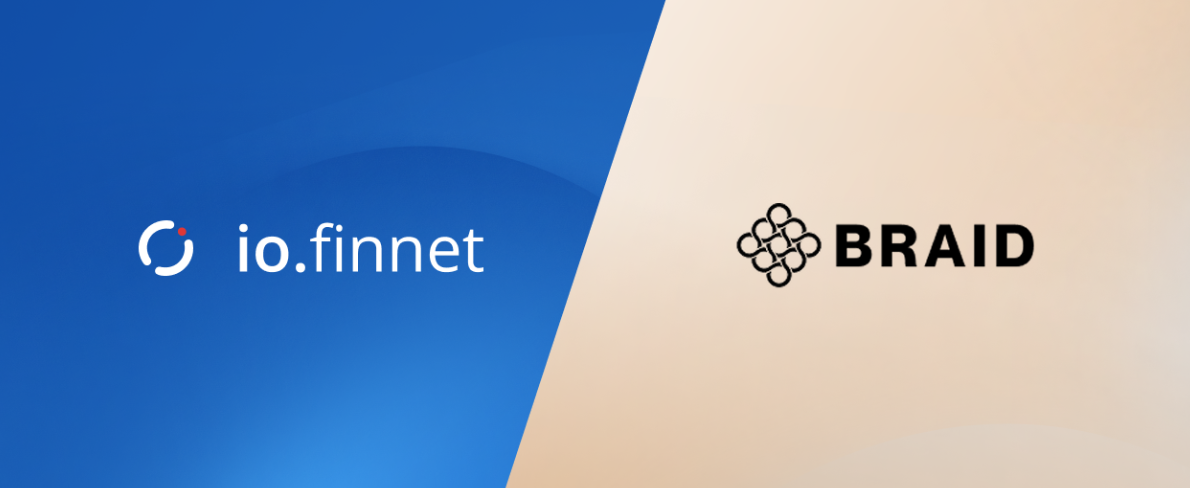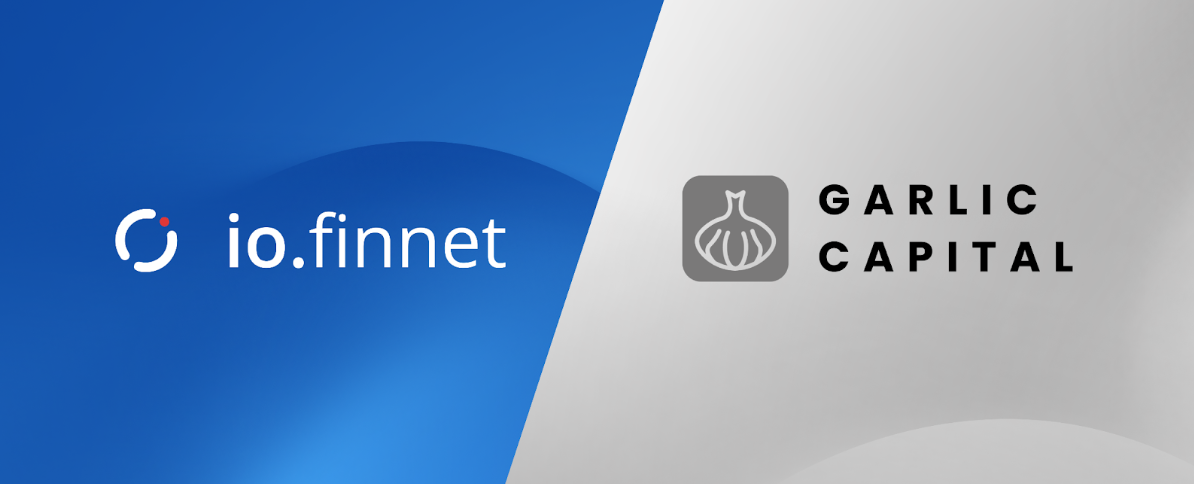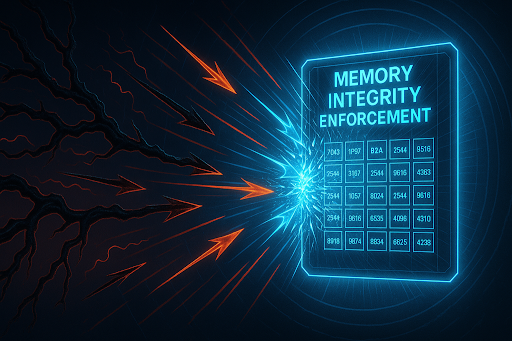LEARN
The Rise of DeFi: Why Should You Care?
Decentralized finance, also known as DeFi, has disrupted the financial landscape within just a few years, becoming a market worth over $44 billion.
DeFi refers to financial tools and products that operate on decentralized networks like Ethereum. It’s different from traditional finance (CeFi), which relies on centralized institutions like banks. DeFi gained popularity in 2018 with the introduction of Uniswap, one of the first successful decentralized exchanges (DEX) that allowed users to directly trade tokens on the Ethereum blockchain without using a centralized exchange.
Since 2018 DeFi has evolved extremely rapidly with many iterations of concepts native to TradFi being built and deployed into the ecosystem. Today, a user can access spot trading, lending and borrowing markets, and even exotic derivatives products have emerged. All thanks to the unique technologies underpinning these products.
The most basic DeFi technology is “automated market-making” which enables asset swaps. Asset swaps let users trade assets directly on decentralized networks using this automated market-making (AMM) technology. Instead of relying on traditional order books, AMMs enable users to trade against pools of assets provided by other users. This removes the need for a centralized middleman and allows for trustless asset swaps.
DeFi also allows for continuous borrowing and lending. Platforms like Compound facilitate these transactions by offering interest to users who deposit their assets as collateral and providing collateralized loans to users who want to borrow against their assets. Smart contracts monitor the value of the collateral and automatically liquidate it if it falls below a certain threshold. This trustless borrowing and lending system is unique to digital assets and allows users to earn passive income or access additional leverage without traditional credit underwriting processes.
Incentives and composability also play a significant role in DeFi’s processes. Protocols use various methods to attract users and transaction volumes, such as native tokens that offer benefits like revenue sharing or governance rights. Early liquidity providers are often rewarded with high yields denominated in these tokens, which attracts investors and speculators. Users often engage in “yield farming” by leveraging multiple protocols to maximize their returns.
While Ethereum was the first blockchain for DeFi, other L1 & L2 networks like Polygon and Arbitrum have emerged to address Ethereum’s scalability challenges and high fees. Bridges have been developed to facilitate asset transfers between these networks, although most still rely on partial centralization.
To interact with DeFi products, users typically use digital asset wallets like MetaMask to access decentralized applications (dApps, basically a user-interface to interact directly with various DeFi smart contracts). Users connect their wallets to the dApp and can perform transactions by signing them cryptographically with their wallet. The ease of entry and absence of stringent onboarding requirements like KYC have contributed to DeFi’s rapid growth.
The rise of DeFi represents a revolutionary shift in the financial sector by providing decentralized and trustless alternatives to traditional finance. Simply put, DeFi offers users greater financial freedom and opportunities to generate yields. As DeFi continues to evolve, some notable trends are emerging. Cross-chain functionality allows assets to be transferred between different networks. Institutional participation in DeFi is increasing, with custody providers offering access to specific DeFi protocols. As innovation responds to emerging needs, staying informed about rising trends is important to seize opportunities in this dynamic space.
Learn how to safely navigate the world of DeFi and get in touch with us at io.finnet for expert guidance.


.svg)



